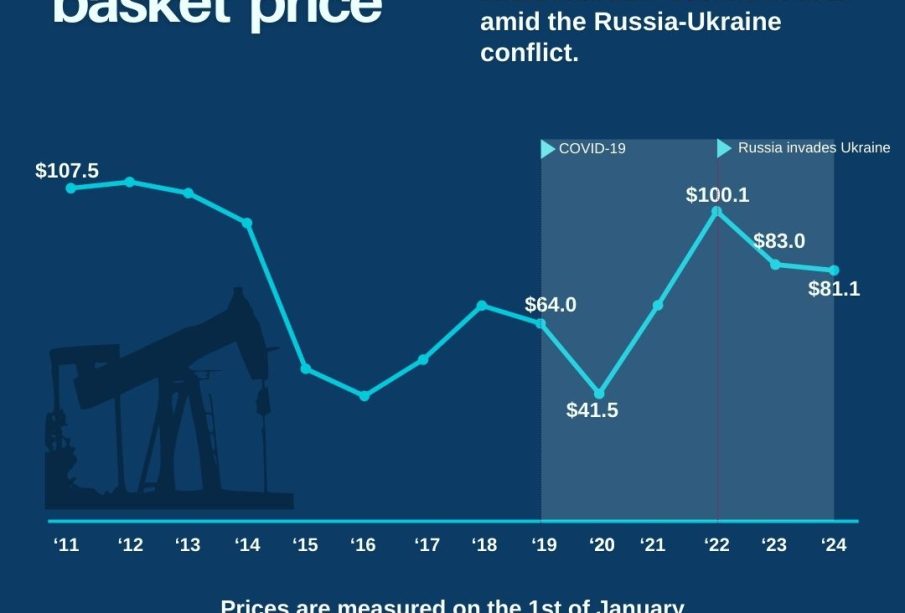Understanding Oil Prices: Trends and Future Outlook

Introduction
Oil prices are a critical factor affecting economies worldwide, from inflation rates to energy policies. In recent months, fluctuations in oil prices have captured the attention of investors, consumers, and policymakers alike. As oil remains a pivotal energy source, understanding the dynamics behind these price movements is essential for grasping broader economic trends.
Recent Trends in Oil Prices
As of October 2023, oil prices have experienced significant volatility. The price of Brent crude oil—a global benchmark—has been hovering around $90 per barrel, a notable increase compared to the previous year. Several factors contribute to these changes:
- Supply Chain Disruptions: Ongoing geopolitical tensions, particularly in Eastern Europe and the Middle East, have led to production cuts and uncertainty among oil-producing nations like Russia and Saudi Arabia.
- Demand Recovery: The global economy has been rebounding from the pandemic, leading to increased demand for oil. Industrial activities and travel have surged, contributing to a tightening supply-demand balance.
- OPEC+ Decisions: The Organization of the Petroleum Exporting Countries and its allies (OPEC+) have also played a crucial role. Their recent decisions to maintain production cuts have kept prices elevated, emphasizing their influence on global markets.
Impact on Consumers and the Economy
The rise in oil prices has direct implications for consumers and businesses. Higher fuel costs are influencing the cost of goods and services, leading to inflationary pressures in various sectors. This can have a cascading effect, as transportation and manufacturing sectors typically pass on these costs to consumers.
Forecasting Future Trends
Analysts remain mixed in their forecasts for oil prices moving into 2024. Some predict a stabilization of prices as production ramps up in response to demand, while others warn that geopolitical risks could continue to exert upward pressure on prices. Additionally, the transition towards renewable energy sources may shift the market dynamics in the long run, potentially lowering dependence on oil.
Conclusion
In summary, the current state of oil prices highlights the complex interplay of global economic forces, geopolitical tensions, and environmental considerations. For consumers, the impact of fluctuating oil prices is felt in everyday expenses and broader economic conditions. As we look towards the future, the direction of oil prices will remain an essential factor in the global economy, demanding attention from all stakeholders.









